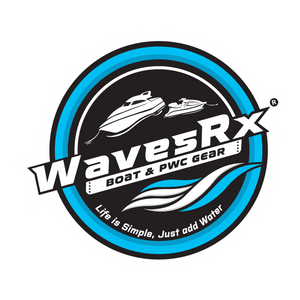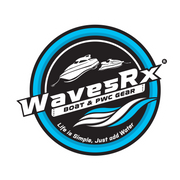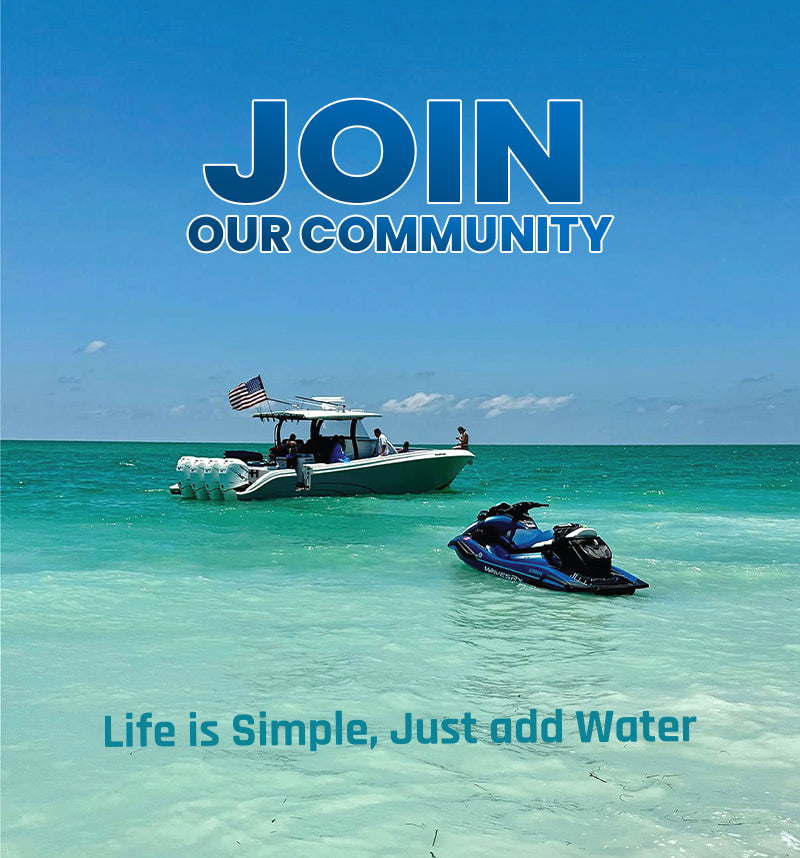Solutions for Loose or Damaged Boat Trailer Straps
Boat trailer straps don’t always get the attention they deserve. They're small pieces of gear, but play a big role in getting your boat safely to the water and back again. If they break or come loose, you’re not just looking at a delay—you could be facing damage to your boat, trailer, or someone else’s vehicle. That’s why giving your straps a little extra attention can save you a lot of stress down the road.
By the fall, many boat owners are getting in those last few rides before the season winds down. This is also when trailers do more miles than usual, making short trips to the ramp or hauling boats in for storage. That extra use can wear down your straps faster than expected. If you’re dealing with loose or damaged straps, this is the time to tackle the issue so your next trip doesn’t become a problem on the highway.
Common Issues With Boat Trailer Straps
Most trailer straps don’t break out of nowhere. It usually starts with small signs that something’s off. The trick is knowing what to watch for so you can catch those problems early. Straps that look fine at first glance may already be too worn to trust. The longer you wait, the greater the risk of a full failure when you’re on the move.
Here are some common red flags to look out for:
- Fraying or small cuts along the webbing
- Faded coloring from sun exposure (this often means weakened fibers)
- Rusted or corroded hooks or ratchet mechanisms
- Lost tension or slipping during tightening
- Webbing that feels stiff, warped, or overly stretched
Things like sun, salt, and wet conditions can speed up wear even on high-quality straps. If your trailer sits out in the open or near saltwater, the chances of corrosion or UV damage go up. Even cold temps can mess with flexibility, especially if the straps have already taken a beating during the season. When exposed to the elements for too long without care, straps can become unsafe without showing any obvious breakage.
Pay attention when you’re tightening them down. If it feels different than usual—like the ratchet sticks or the webbing won’t stay tight—that’s a signal something isn't right. Don’t wait until they snap on the road. Spotting small issues early can help prevent bigger ones down the line.
Temporary Fixes For Loose Straps
If you’re already on the way to the ramp and your strap starts slipping or losing hold, there are a few things you can try on the spot to give it a temporary boost. These won’t replace getting a new strap, but they might help you get through a trip safely.
1. Re-tension and double-check: Sometimes a strap just isn’t loaded correctly. Stop, loosen it fully, then re-tighten with care. Make sure the ratchet is locked and that the strap is threaded properly.
2. Use extra tie-down points: If your strap has slipped loose, add a secondary tie-down using rope or backup webbing to help distribute tension until you can switch the strap.
3. Wrap for hold: When webbing starts to fray near the end, trim it clean and use a small wrap of electrical or duct tape to limit further tearing for the time being.
4. Check weight balance: If one strap is taking too much strain because the load isn’t centered properly, rebalance the boat to level things out. Uneven load forces can cause even good straps to loosen quickly.
As helpful as these tricks can be in a short-term spot, they’re not meant to become regular habits. If you notice repeated slipping or visible signs of damage, you’re better off replacing the strap before risking bigger issues. Temporary fixes are just that—temporary. Hang onto them for emergencies but make plans to follow up with a real solution.
Permanent Solutions For Damaged Straps
Temporary fixes are fine for a quick save, but when a strap’s condition keeps showing problems, it’s time to go all in on a permanent solution. Loose tension, frayed segments, or rusted hardware mean the strap has already lost some of its strength and that's not something you want on the road while towing.
Start by removing the worn strap and inspecting the hardware. Hooks and ratchets often go bad before the webbing breaks. If there’s noticeable rust or damage, the entire unit should be swapped out. Don’t just replace the webbing and keep the old metal parts unless you’re sure they’re still strong and safe.
When choosing a replacement boat trailer strap, pay close attention to the following:
- Length and strength ratings that match your trailer and boat size
- UV-resistant materials that hold up in sun, salt, and wet conditions
- Rust-proof hooks and mechanisms, ideally coated or stainless steel
- A ratchet or winch that operates smoothly without sticking
Once you’ve made the switch, a bit of preventive care can help extend the life of your new strap. After each use, let it dry fully before storing. Rinse off any salt or grit, and store the strap in a dry place out of direct sunlight. If your trailer sits outside, consider covering the straps or taking them off while it's parked for long stretches.
Replacing your strap before it fails avoids bigger headaches and costly damage. If you're unsure whether your strap is still safe, it's usually worth playing it safe and getting a new one.
Importance of Quality Straps for Safety
It’s easy to overlook a strap when most of the focus goes on the boat and the trailer. But straps do the actual job of holding things together. If they fail while you're driving, you risk your boat shifting, sliding, or worse—falling off the trailer completely.
Loose and worn straps not only mess with how secure your load feels but also affect how your tow vehicle handles. Swaying at high speeds, uneven pressure on one side of the trailer, or load shifts all stem from straps that can’t do their job right anymore.
Some things to think about when checking strap quality:
- Is the strap fraying or stiff?
- Does it struggle to hold tension?
- Are the hooks pulling or slightly bent?
- Does the ratchet feel rough or jam shut?
Higher quality straps come with better hardware, tighter stitching, and generally stronger materials that can hold up through more seasons. That doesn't mean they're invincible, but they give you a better shot at keeping control over your load even when things get rough on the road.
One example: A boater heading to the marina noticed one of his straps felt weaker than usual, but decided to risk one last trip. It tore halfway through the drive, and the rear of the boat shifted enough to scrape against the trailer rail. The damage wasn’t huge, but it could’ve been avoided entirely by swapping out the worn strap the week before.
Failures like that don’t need to happen. Good straps, checked often and replaced when needed, give you one less thing to worry about when towing.
Keeping Your Straps in Top Condition
Once you’ve installed new straps—or if your current ones still pass a close inspection—it’s worth taking a few easy steps to keep them performing well. A little bit of regular care goes a long way in keeping straps strong and dependable.
Here are some maintenance habits that help:
- Rinse off salt or dirt after each trip, especially from saltwater launches
- Let straps dry completely before coiling or storing them
- Check hooks and ratchets for buildup or corrosion
- Store straps away from sunlight or extreme cold during off-season
- Look for fraying or any change in tension before each trip
Don’t forget to check the tie-down points on your trailer, too. Even the best straps can’t help if they’re attached to a cracked or corroded anchor point. Make it part of your pre-trip checklist and post-trip as well so you’re not caught off guard the next time you load up.
Seasonal care is especially important this time of year. As fall sets in and the weather shifts, moisture and cold can sneak up on your gear. Avoid tossing wet straps back into the truck bed or storage locker. If they freeze in a kinked or damp position, the webbing can weaken faster over time.
It takes just a few minutes after each outing to keep your straps ready for the next one. That small effort can help avoid high-speed problems when your boat is riding behind you on the freeway.
Ensuring Safe Travels With Secure Trailer Straps
Catching strap problems early is always better than dealing with damage after the fact. Keeping a close eye on how your gear behaves each time you load or unload your boat gives you a better shot at catching little things before they become major ones.
With the fall season in full swing, it’s a great time to give your trailer gear a full look before putting in those last rides or towing your boat to winter storage. Even if things seem fine now, a strap can weaken faster than expected once cooler temperatures and extra moisture come into play.
Whether you’re planning one more weekend getaway or you're gearing up for off-season prep, take a few minutes to double-check your trailer straps. It’s a quick task with a big payoff—less stress, lower risk, and way smoother travels.
Ensure the safety and security of your watercraft by giving your boat trailer strap the attention it deserves. For quality options designed to handle the elements and keep things steady on the road, trust WavesRx for gear that makes transporting your ride easier and more reliable.


